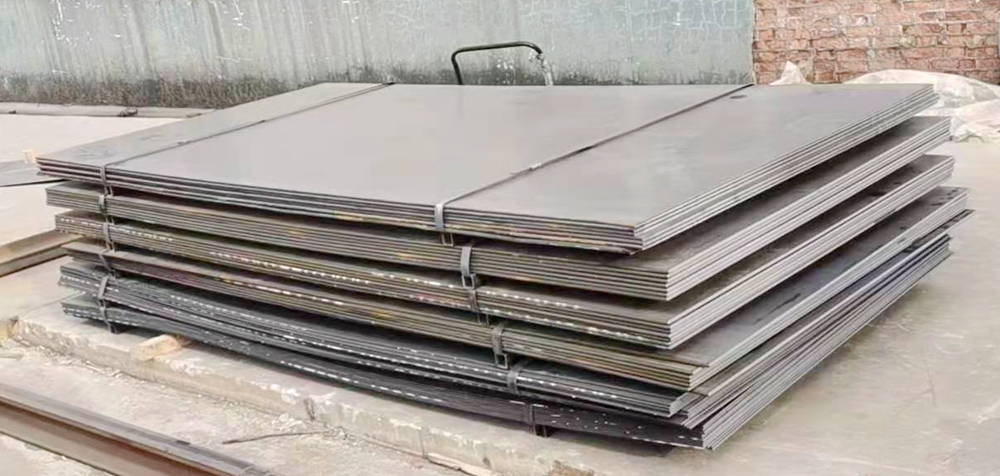With the rapid development of China's economy, the packaging industry has experienced significant growth, expanding at an average annual rate of 18%. Over the decades, the total output value of the national packaging industry has surged from 7.2 billion yuan in 1980 to over 230 billion yuan today. This growth is driven by the need for packaging solutions for trillions of industrial and agricultural products and billions of dollars worth of exported goods, making the packaging industry a vital component of China's economic development.
However, despite this progress, the industry still faces challenges, particularly in the area of advanced machinery. A large portion of high-tech packaging equipment remains imported, with examples such as biaxial stretching machines for plastic films and aseptic packaging systems used in the dairy sector being largely sourced from foreign companies like Tetra Pak. This heavy reliance on imported technology raises concerns about long-term sustainability and self-reliance. While the introduction of advanced equipment has helped China narrow the gap with developed nations, it also limits the development of domestic intellectual property and technical expertise.
The packaging machinery industry in China started relatively late, and prior to the 1980s, only basic and low-level equipment was available. It wasn’t until after the reform and opening-up that demand increased, leading to a rapid rise in production. By the early 2000s, the industry had grown significantly, with output reaching 533,000 sets and an output value of 19.55 billion yuan, accounting for 8.2% of the total packaging industry. China has now become one of the world’s largest producers and consumers of packaging machinery.
Despite this growth, several issues persist. There is a lack of strategic planning, limited R&D investment, and a shortage of skilled professionals. Many enterprises invest less than 1% of their sales into research and development, which hinders innovation and technological advancement. Additionally, the industry lacks major leading companies, and most firms operate on a small scale with limited capabilities.
Compared to developed countries, China’s packaging machinery industry still lags in product variety, quality, and technological sophistication. Foreign markets offer over 2,300 types of packaging machinery, while China only has around 1,300, with fewer high-precision and large-scale options. Product performance, reliability, and aesthetics are also areas where improvements are needed.
In 2005, the food and packaging machinery industry saw strong growth, with sales revenue reaching 67.9 billion yuan, up 21.5% from the previous year. However, the overall technical level of China’s packaging machinery is still about 20 years behind global leaders, putting the industry at a disadvantage in terms of product development, performance, and service.
Looking ahead, the global packaging industry is undergoing a transformation, with a focus on high-tech, energy-efficient, and smart packaging solutions. Countries worldwide are investing in advanced technologies such as mechatronics, remote control, and automation. For China, the path forward involves not just increasing production scale, but also upgrading technology, improving product quality, and enhancing management efficiency.
To stay competitive, the industry must shift from low-level competition to high-value, high-tech production. This includes developing large-scale, efficient, and cost-effective equipment, as well as focusing on modular design, standardization, and specialization. Emphasizing core technologies and fostering innovation will be key to building a sustainable and globally competitive packaging industry.
Abrasion Stee Plate
Wear-resistant Steel Plate is a special kind of plate, with good wear resistance and impact. But also through cutting, bending, welding and other ways to join with other structures. Extremely time-saving and convenient. Therefore, it is widely used in metallurgy, coal, cement, electricity and other industries.
What are the advantages of wear-resistant steel plate :
1, good impact resistance
Wear-resisting composite steel plate uses low carbon steel or low alloy, stainless steel and other toughness as the base material. The metal material not only has good wear resistance, but also can withstand impact and abrasion from high drop and fall during transportation.
2, better heat resistance
The alloy wear-resistant layer incorporates vanadium, molybdenum, and other alloy materials during the manufacturing process, so it can be used and worn at high temperatures of ≤800°C. Relative to ordinary carbon steel substrates can only be used below 380 °C, low alloy heat-resistant steel plates work below 540 °C. This shows how high the wear resistance of the heat-resistant steel plate.
3, good corrosion resistance
The wear-resistant steel plate contains a large amount of metallic chromium, so it has good rust and corrosion resistance. Particularly suitable for the use of falling coal drums and funnels. Not only solid and strong, but also to prevent sticking coal.
Mechanical Properties:
Hardness_430 to 470 BHN
Yield Strength_180 ksi
Tensile Strength_235 ksi
Elongation_12%


Abrasion Resistant Plates,Hardox Steel,Hardox Plate,Arco Wear Plate,Hard Steel Plate
HuiFeng Wear Resistant Group , https://www.hpwearsolution.com

